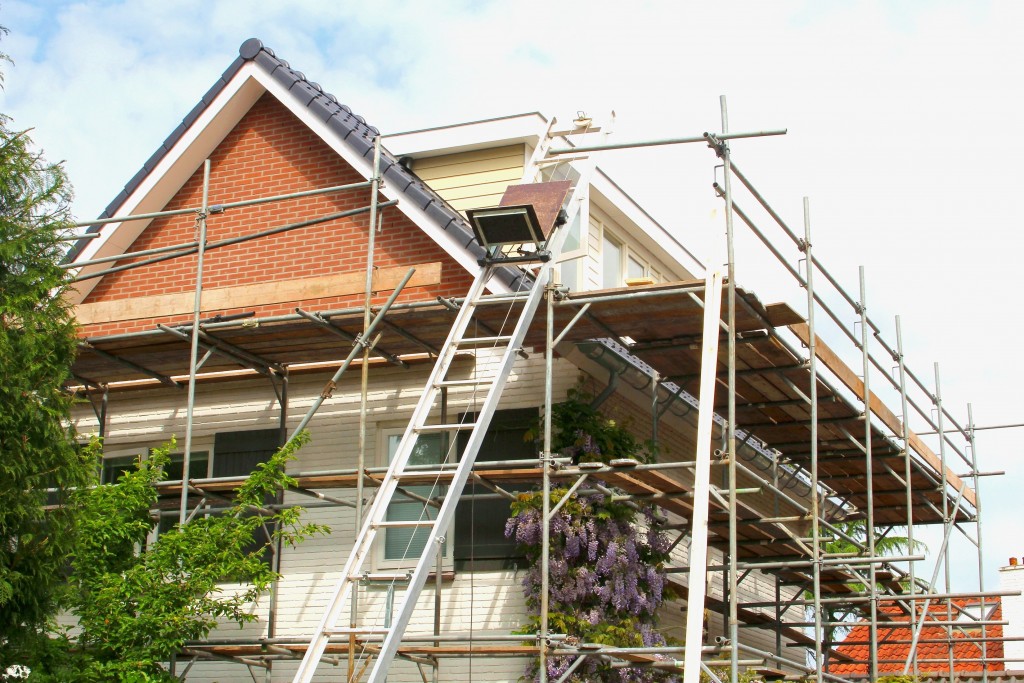Paper craft is a fulfilling yet straightforward way to create. It is also a great way of introducing kids to art. When engaging in this craft, the two main elements you will require are a paper and writing media. Paper comes in different varieties, which can be overwhelming when choosing. Specific materials are appropriate for different creations, and you can also get different options under given classifications. Below are some standard types of paper and details on their most appropriate use:
Watercolor Paper
This variety is thick and sturdy, but its absorbent nature is what makes using it fun. It is designed for wet media, and it does not fold when you apply watercolor washes. If you decide to use paint on it, it doesn’t spread beyond the intended area of application, and neither does it bleed.
Watercolor paper comes in different textures and thickness. There are student grade options that are appropriate for practicing. However, these deteriorate with time, making them turn yellow. If you want to create timeless pieces, opt for high-quality watercolor paper. Also, note that this paper is not appropriate for use with a quill or felt-tip pens as they snag weak pen tips. If you have to, opt for sturdy pens. However, using a pencil for drawing the base and building up the image with watercolors will yield better results.
Illustration Board
Although it comes in the same varieties as watercolor paper, its texture is less pronounced. Therefore, it is suitable for both dry and wet media. The paper is quite sturdy and unlikely to warp or bend. These qualities make it appropriate for scanning and reproduction of the original work. However, it only has one working side and is a bit expensive, which makes it unsuitable for practice.
Drawing Paper

With this versatile paper, you will get beautiful creations using dry media such as pencils, colored pencils, pens, and ink. This paper is cheap, and it comes in different textures, too. Lightweight drawing paper is best used as sketching pads and for practicing. Heavy drawing paper can take a little more pressure to allow erasing and reworking of the artwork. However, it is less absorbent, and wet media such as watercolor may bleed. Textured drawing paper types may snag pens.
Bristol Board
With two working surfaces, Bristol board offers the choice to work on either the smooth or lightly textured side. The rough surface is absorbent and can take on some lightweight wet media without bleeding. It is sturdier and thicker than drawing paper. Although it can withstand paint, avoid applying thick layers on the edges as these could warp it.
The right paper for your child’s use depends on their skill level, the media they will be using it with, whether the pieces are meant for reproduction, and if they are looking forward to keeping their end product. Since some types of paper deteriorate with time, it is essential to get the right choice or else their work will be in vain. With the details given above, you can evaluate their needs and purchase the appropriate materials. If you are not sure, ask for guidance from your supplier.




